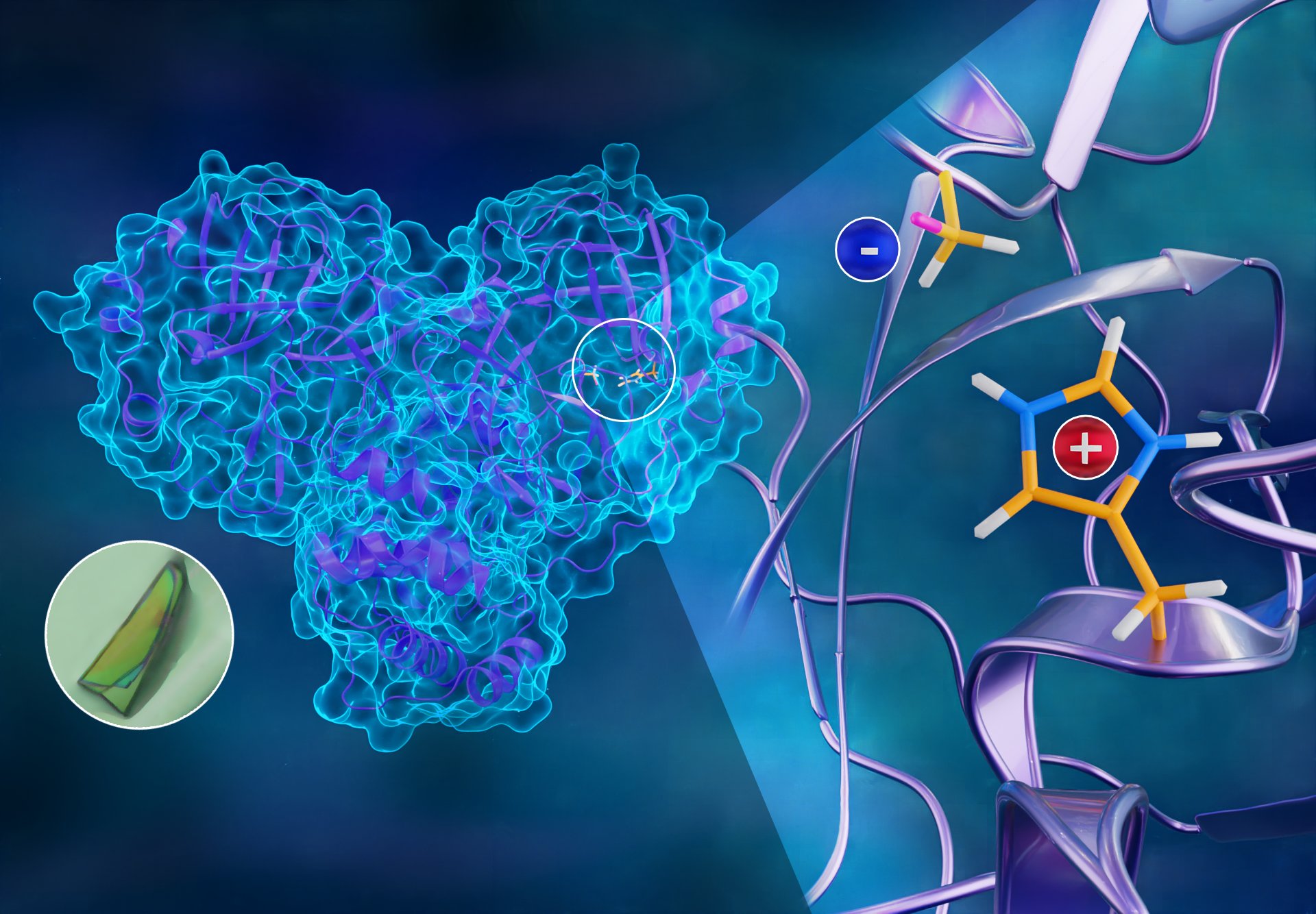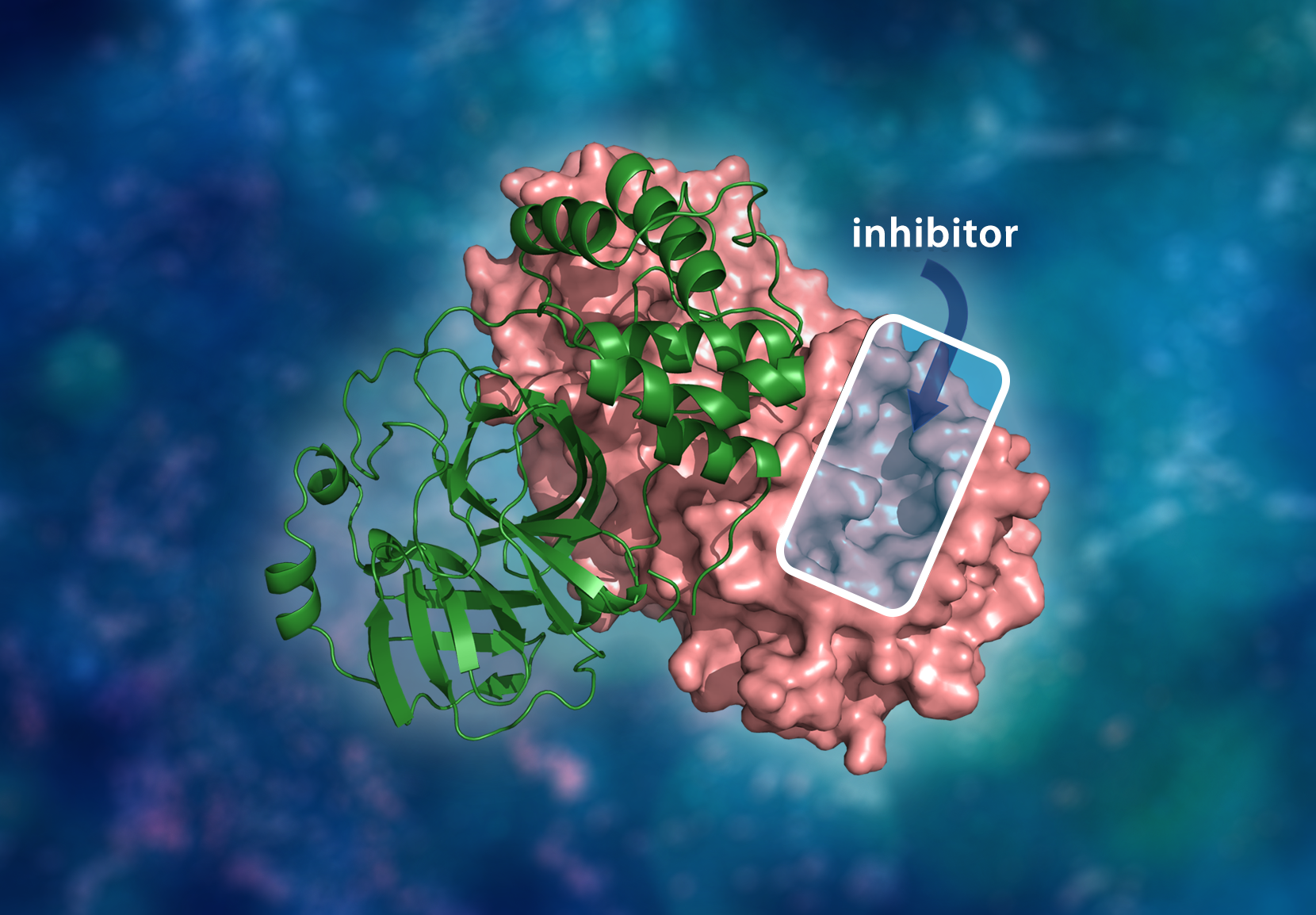ORNL researchers have developed and tested novel small-molecule antivirals in an effort to design new drugs to treat COVID-19. The so called hybrid inhibitor molecules are made from repurposed drugs used to treat hepatitis C and the original coronavirus outbreak in the early 2000s. The experimental research results show the molecules are similarly as effective as some of the leading drugs on the market today.
Tag: Protease Inhibitor Drugs

Neutrons chart atomic map of COVID-19’s viral replication mechanism
To better understand how the novel coronavirus behaves and how it can be stopped, scientists have completed a three-dimensional map that reveals the location of every atom in an enzyme molecule critical to SARS-CoV-2 reproduction. Researchers at the Department of Energy’s Oak Ridge National Laboratory used neutron scattering to identify key information to improve the effectiveness of drug inhibitors designed to block the virus’s replication mechanism.

History of insightful HIV research inspires neutron scattering approach to studying COVID-19
What began as novel investigations into HIV, abruptly pivoted to the novel coronavirus as it began to spread across the globe. Now, ORNL researchers are using neutrons to learn more about the SARS-CoV-2 protease—a protein enzyme that enables the virus to replicate within the human body. Insights on the protein structure and its behaviors will be used to create more accurate models for simulations in aims of finding drug inhibitors to block the virus’s ability to reproduce.

While Promoting Diseases Like Cancer, These Enzymes Also Cannibalize Each Other
In diseases like cancer, atherosclerosis, and sickle cell anemia, cathepsins promote their propagation. Drug trials to inhibit these enzymes have failed due to baffling side effects. Now a new study examines cathepsins in systems to remove some of the bafflement.